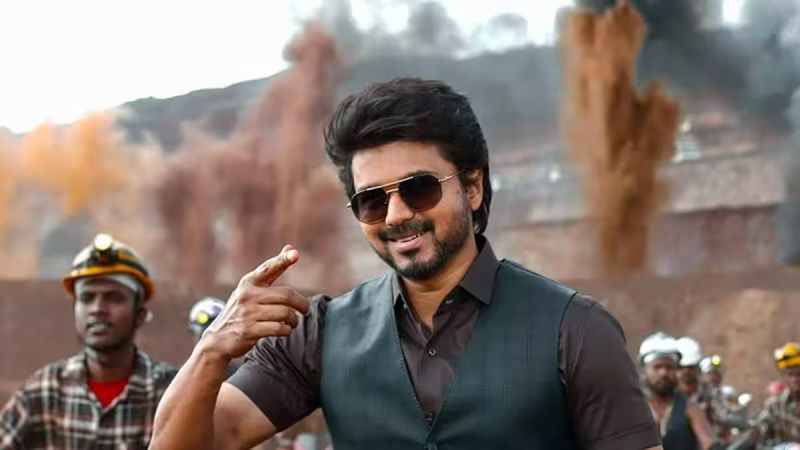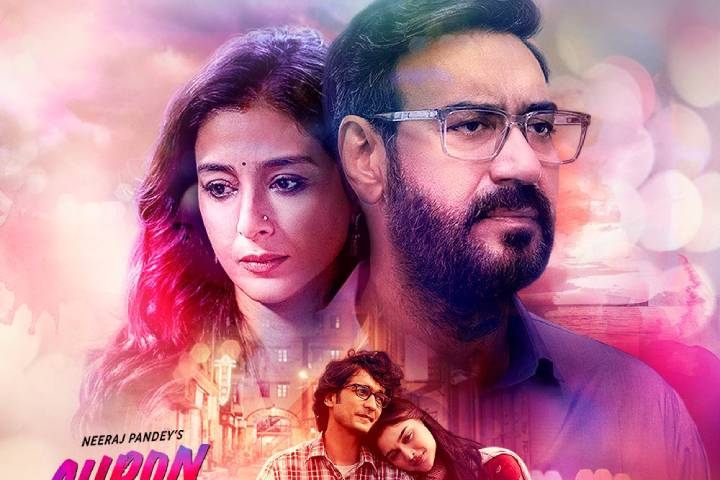Film, sometimes called the “universal language,” possesses the rare capacity to bridge linguistic divides by bringing people together via the power of narrative. The availability of South Indian films in Hindi has become a fascinating phenomenon in the film industry since the introduction of Over-the-Top (OTT) platforms. Through the medium of film, cultures collide and expand, opening up new storytelling possibilities and establishing a bridge that lets viewers explore the diverse range of South Indian cinema in a language they are all familiar with.
An inclusive entertainment era has begun with the advent of the globalized digital era. With their wide selection of films from different countries, OTT platforms like Netflix, Amazon Prime, and Disney+ Hotstar have emerged as hubs for cinematic exploration. The availability of South Indian films in Hindi has changed the game in this context by allowing viewers of various linguistic backgrounds to appreciate the creative genius and cultural diversity of South Indian cinema.
For a considerable amount of time, South Indian cinema has been praised for its distinct narratives, lively images, and distinctive storytelling. The Hindi translations of these movies guarantee that the core narratives are maintained, enabling a larger viewership to relate to the varied characters and subtle cultural references that are portrayed on screen. Hindi-speaking audiences are captivated by the captivating stories, whether it is through the intense action scenes in a Rajinikanth movie or the poignant performances in a Mani Ratnam film.
Recently, the Telugu, Tamil, Kannada, Malayalam, and Hindi versions of Dhootha, starring Naga Chaitanya, were made available on Amazon Prime Video. In an exclusive interview, he discussed with the actor how language is no longer a barrier and how viewers can watch a variety of content. “The line between languages has blurred with OTT platforms. As performers, we are able to establish a connection with viewers everywhere. It’s lovely to watch that,” he remarked.
“Cinema, at its core, is about storytelling,” said Mani Ratnam, a producer, screenwriter, and director who primarily works in Tamil, Hindi, Telugu, Malayalam, and Kannada. Mani has given us some of the biggest hits in these languages. The reach of stories is increased by the availability of South Indian films in Hindi on OTT platforms. Seeing stories accepted by audiences beyond linguistic barriers is encouraging.
“Appreciating art should never be impeded by one’s language. Nandita Das told us that the Hindi translations of South Indian movies “allow for a beautiful exchange of cultures and stories, fostering a sense of unity and understanding.”
The director of Bahubali, Rama Krishna, and many other films, SS Rajamouli, believes that translation is a blessing. Hindi film adaptations of South Indian movies celebrate cultural diversity rather than merely being a language translation. Different customs, ways of life, and viewpoints are presented to viewers, encouraging a sense of unity among diversity. Audiences learn to appreciate and comprehend the subtle cultural differences that give each story its own identity as they immerse themselves in narratives from various geographical locations. “The world is becoming more connected, and cinema is a powerful medium that facilitates this connection,” he said in an interview with financialexpress.com. Hindi translations make films more widely available, creating new opportunities for cross-cultural understanding and appreciation.
The South Indian film industry has grown and gained recognition nationally as a result of the Hindi-language releases of these films, which has also broadened their audience. Beyond regional boundaries, actors, technicians, and filmmakers from the South are becoming more well-known, fostering a more diverse and cooperative film industry.
“Cinema is a universal language that transcends boundaries,” said Kamal Haasan. The fact that South Indian movies are now accessible in Hindi on OTT platforms only serves to deepen cultural ties and give viewers a greater appreciation for the variety of stories that each region has to offer.
The South Indian film industry has grown and gained recognition nationally as a result of the Hindi-language releases of these films, which has also broadened their audience. Beyond regional boundaries, actors, technicians, and filmmakers from the South are becoming more well-known, fostering a more diverse and cooperative film industry.
“Cinema is a universal language that transcends boundaries,” said Kamal Haasan. The fact that South Indian movies are now accessible in Hindi on OTT platforms only serves to deepen cultural ties and give viewers a greater appreciation for the variety of stories that each region has to offer.
There is little doubt that the industry’s expansion and recognition have been aided by the Hindi-speaking public’s exposure to South Indian films. The South’s actors and filmmakers are now receiving widespread recognition and recognition for their work. By promoting a more inclusive and diverse film industry, this mutually beneficial relationship between regional cinema and the national audience enhances the cinematic landscape.
The allure of bilingual film, especially when it comes to watching South Indian films in Hindi on over-the-top (OTT) platforms, is a celebration of storytelling’s universality and diversity. As audiences keep losing in stories that cut beyond language barriers, movies become an effective medium for fostering cross-cultural dialogue and mutual understanding. Now available in Hindi, the captivating world of South Indian cinema is proof of the unifying force of film, uniting people via the shared experience of gripping narratives, colorful characters, and the universal language of emotion.
Topics #Cultural #disney hotstar #Entertainment #Netflix #South Indian Cinema


![Photo Credit: “Sisters” [film]](https://www.entertainmentpaper.com/wp-content/uploads/2025/04/Photo-Credit-Sisters-film.jpeg)






